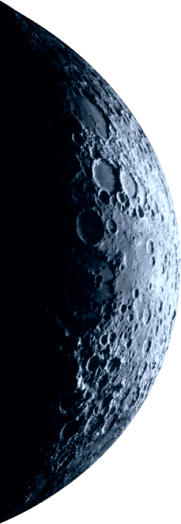
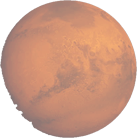
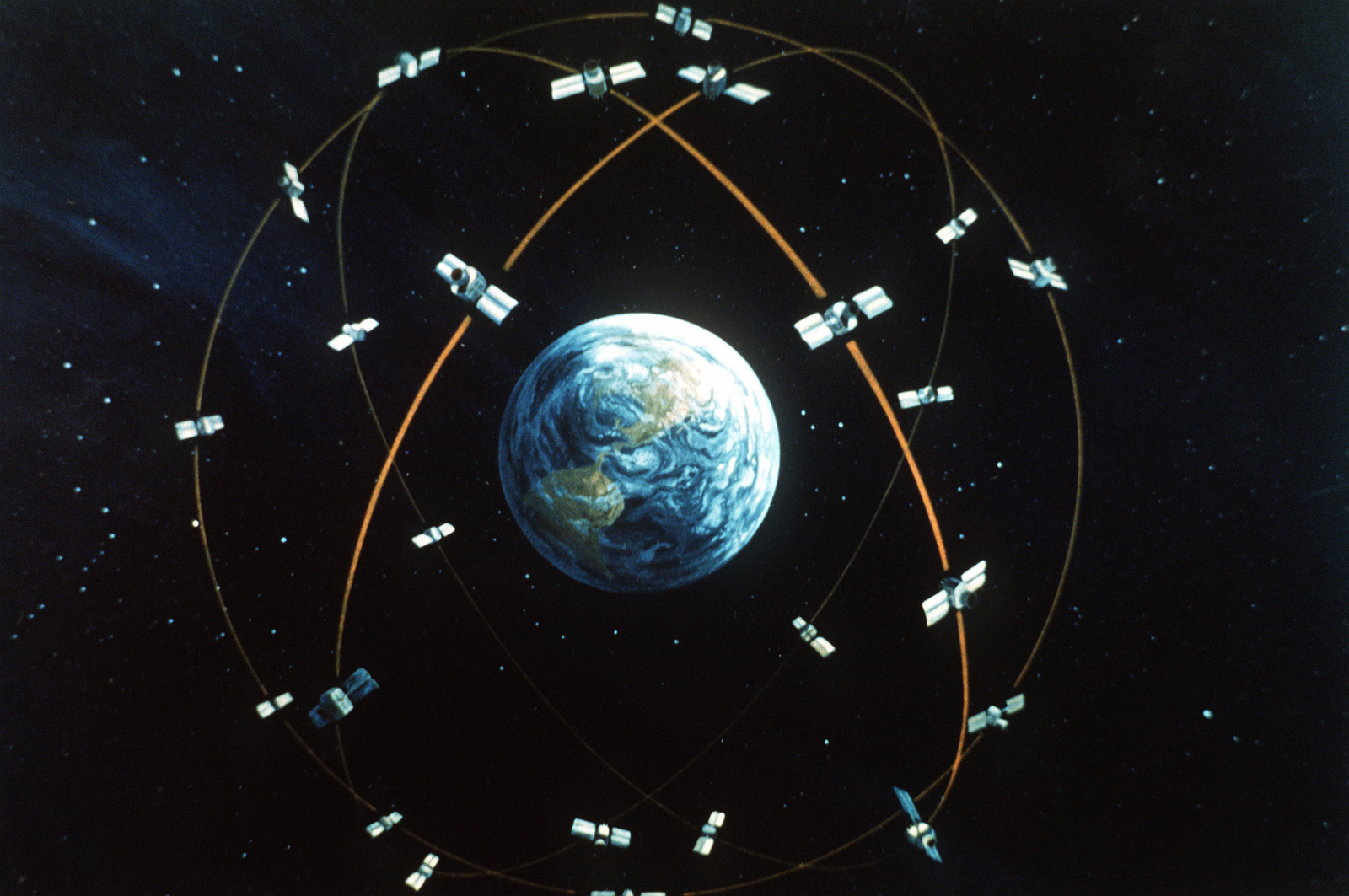
Satellites – our celestial companions.
Satellite, from Latin “satellite” meaning attendant or follower, is a celestial body that rotates around another body of a larger size. There are many natural satellites in the universe, for example, the moon is the Earth’s satellite, and Earth is the sun’s satellite. In more recent times, satellite has come to mean an object that has been intentionally placed into orbit, thus properly called artificial satellites.
In preparation for the International Geophysical Year planned between July 1957 and December 1958, both of the world’s superpowers were preparing to launch satellites into orbit.
It was thought that whichever country succeeded first would signify who had the technologically superior program. The USSR stunned the world by being the first to put an artificial satellite on Earth’s orbit at the apogee of 948 km on the 4th of October, 1957. Sputnik – 1, from Russian meaning companion or satellite, was nothing but a simple radio transmitter, famously coining the sound of space, “Beep, beep, beep” 24/7 for two months, before falling back to earth’s atmosphere as previously calculated.
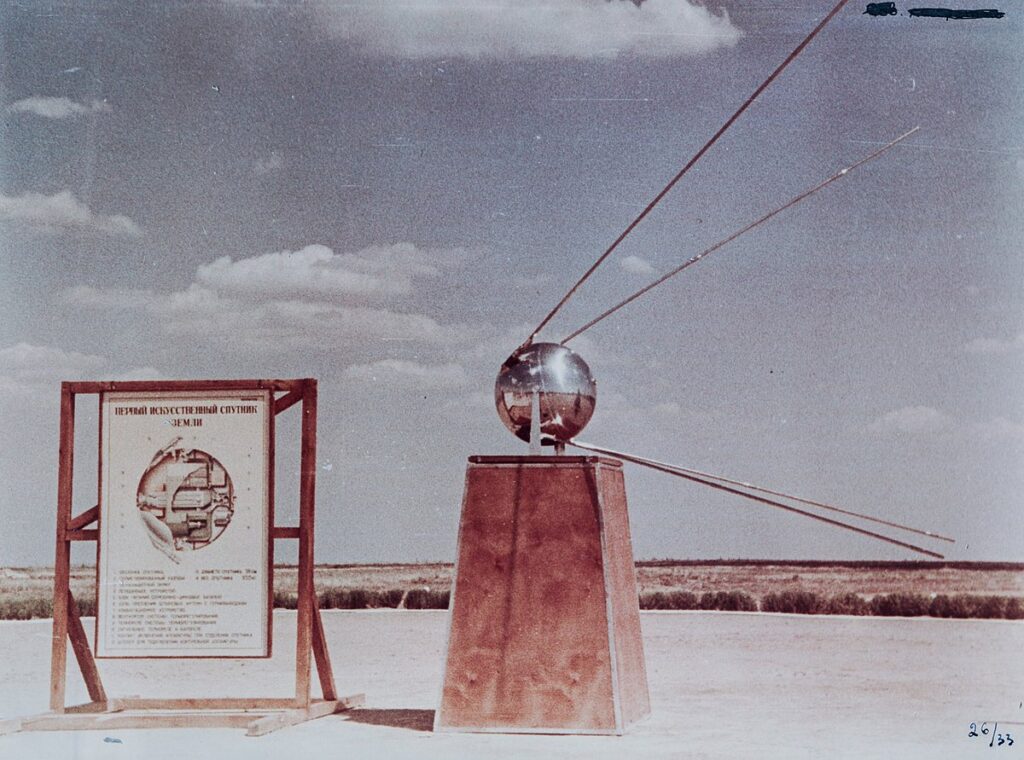
Layout of the first Sputnik-1 satellite at the test site
American writer Ray Bradbury reminisced: “On the night when Sputnik for the first time streaked across the sky, I was looking upwards and thinking about the pre-determinacy of the future. The Earth wouldn’t be able to remain our abode forever anyway, one day death by cold or overheating may befall it. Mankind was predestined to become immortal, and the light in the sky above me was the first glimmer of immortality…”
On the US side, there were competing and separate programs. The US Naval Research Laboratory project was named Vanguard, and another program was with the Army Ballistic Missile Agency alongside JPL led by Werner von Braun. Each of these projects had much more complicated scientific missions built into the satellites, which led to delays and failures. Failing to beat the USSR by having separate programs resulted in recognizing the dire need in the US for a single agency to lead future space efforts. Following lengthy committee hearings, Congress passed the National Aeronautics and Space Administration Act, which was signed by President Eisenhower. NASA officially began its operations on October 1, 1958.
The U.S. launched its first satellite named Explorer 1, on February 1, 1958. On board, it had a lot of scientific equipment enabling it to detect the Van Allen radiation belt, which would prove to be a crucial factor in further space missions and exploration.
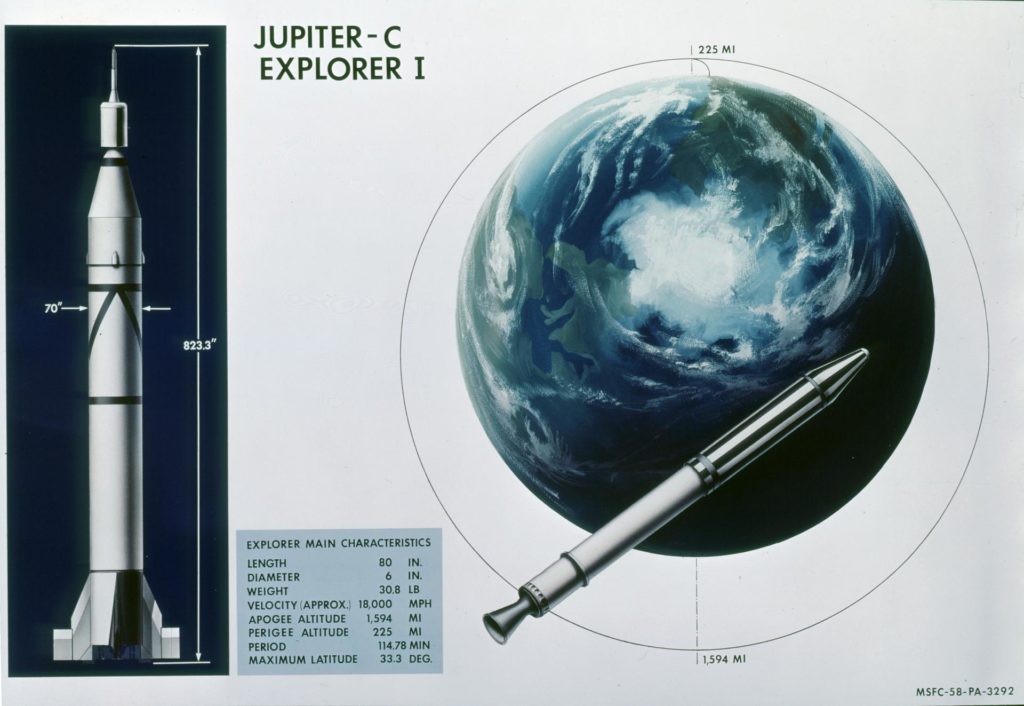
This illustration of Jupiter C launch vehicle and its payload, the Explorer I satellite.
Since then, approximately 9000 satellites have been launched, 5000 of which are still in orbit with somewhere close to 1900 satellites being operational.
The artificial companions of our planet provide essential services for all humanity. To name a few, communication and weather satellites are the most familiar, as well as space telescopes that help us study the universe, and enable further space exploration. These satellites are usually exceptionally large, some reaching a mass of 1000 kg, and they are very expensive to develop, manufacture, and launch to space. For example, the largest man-made satellite is the International Space Station which is the size of a football field. Because of its size, it had to be delivered to Low Earth Orbit in sections and parts. With constant advances in technology and innovation, miniaturization of new technologies created another important class of satellites called small satellites or Small Sats for short. The Small Sat revolution is constantly driving down the price of the development, building, launching capabilities, so that more businesses and people can have access to the services satellites provide.
The Small Sat classifications are:
-
Mini Satellite – 100 to 500 kg
-
Micro Satellite – 10 to 100 kg
-
Nano Satellite – 1 to 10 kg
-
Pico Satellite – 0.1 to 1 kg
-
Femto Satellite <0.1 kg
Another really interesting development in Small Sat technology is CubeSats. Perhaps the only standardization on the satellite market, each cube is 10x10x10 cm and can be grouped together into multiple units, such as, 6U or six units. Off-the-shelf parts manufacturing, as well as firmware upgradability, is driving cheaper and faster production times more than ever before.
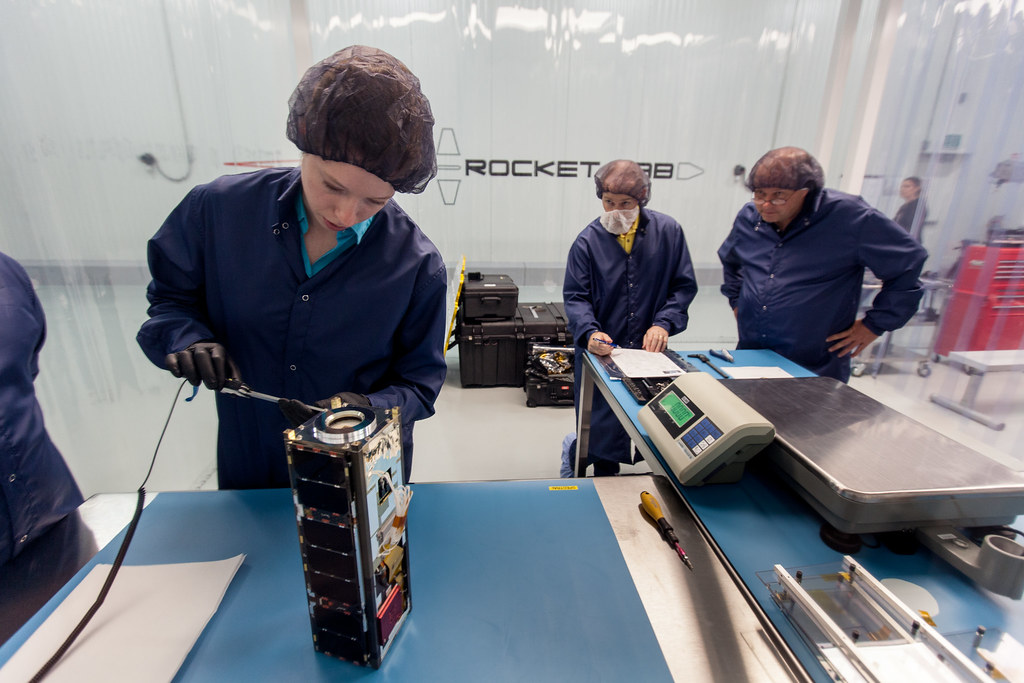
The CubeSat CeREs – short for Compact Radiation Belt Explorer.
Innovative companies are using a large number of Small Sats in low earth orbit to create a constellation of satellites.
These constellations provide hi-speed internet to individuals, even in rural and hard-to-reach places that do not have ground communication lines, at costs which are comparable to traditional internet providers using old technology. The farming industry has been transformed because of access to observation and weather satellites at affordable prices. This technology provides farmers data in real time allowing for better planning in many areas, including planting and harvesting, thereby improving profitability over the years.
Currently there are private space companies sending different types of small payloads, including satellites, into space.
Companies such as Phantom Space, Reaction Dynamics, bluShift, Virgin orbit, SpaceX, Rocket Lab, ABL Space, and others are pioneering the way for a better understanding of our planet, as well as better communication and data.
Find out how Small Sats can revolutionize the way organizations do business with specialized custom solutions. Do you want your own artificial object in orbit? Ask us for the options, we are here to help.
Sergei Panov
Founder “Space Agency”




